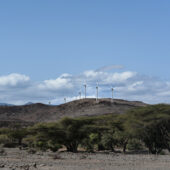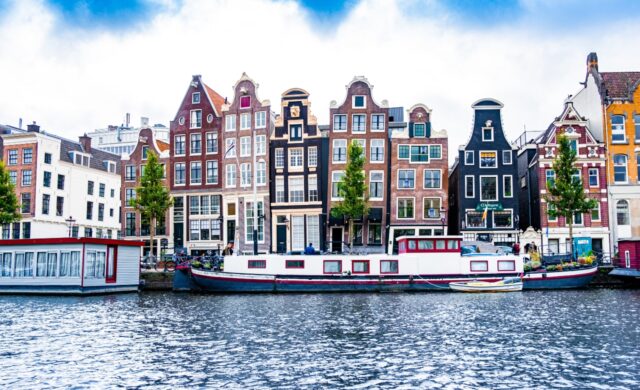Climate Investor Two, the second blended finance climate financing fund launched by investment manager Climate Fund Managers, announced its first close at $675mn.

In short
- Climate Fund Managers announced first close of second fund, raising $675mn. The blended-finance fund has a target size of $1bn within the next two years.
- Climate Investor Two will invest in water, sanitation, and ocean infrastructure in Asia and Africa against “competitive returns”.
- Cornerstone investors include the European Commission, the Nordic Development Fund and commercial investors, such as KLP, IMAS Foundation, Sanlam and Aegon, BNG Bank and FMO.
While its predecessor Climate Investor One (CI1) was aimed at renewable energy, Climate Investor Two (CI2) will focus on water, sanitation, and ocean infrastructure. It has a target size of $1bn within the next two years.
CI2 received ‘cornerstone support’ from the European Commission and the Nordic Development Fund as well as from commercial investors KLP, IMAS Foundation, Sanlam and Aegon, Dutch public sector bank BNG Bank and Dutch development finance institution FMO.
Climate Fund Managers (CFM) announced the close during the second week of the COP26 UN climate conference in Glasgow, Scotland, to “raise awareness of the fact there are a lot of green opportunities out there,” Georges Beukering, its director of capital raising and business development, told Impact Investor.
COP26
On 3 November a vast coalition of banks, insurers and investors, with $130tn at their disposal, pledged to put the fight against climate change at the heart of their work.
The COP26 pledge “raises the question: are there enough green opportunities to invest in?,” said Beukering. “I think we are an example of a fund manager who offers truly green assets, which make an important contribution to both the adaptation as well as the mitigation of climate change.”
Historically there has always been more emphasis on climate change mitigation, or the reduction of greenhouse gases, instead of adaptation.
“But it is very important, especially for developing countries, to be able to adapt to climate change, as they will bear the brunt of it after all,” said Beukering.
“This has led to increasing demand for climate change adaptation assets, which is an important component of CI2. A large part of our investments will go towards water, which is increasingly scarce in parts of India, southern Africa and certain regions of Asia.”
Blended finance
Formed in partnership with the Dutch Fund for Climate and Development, CI2 uses the same blended finance structure as CI1.
The new fund will offer “competitive returns” for infrastructure projects in Asia and Africa, Beukering said. “We found a way in our funds to lower the risks for commercial investors and improve the returns,” said Beukering.
According to CFM the fund’s structure “simplifies the manner in which capital is deployed and reduces complexity by delivering an innovative ‘whole-of-life’ solution that provides a single financing source for each of the respective development, construction, and operational phases of a project’s life cycle.”
With the climate emergency deepening, blended finance funds such as CI1 and CI2 “are a way to achieve scale,” said Beukering.
“Governments have limited means; there is only around $150bn available worldwide in official development aid, but we need $1.8tn per year through 2030 to limit global warming to 1.5°C and achieve the renewable energy transition in developing countries, and $2.5tn a year to achieve the SDGs. And that’s where the private sector comes in.”





